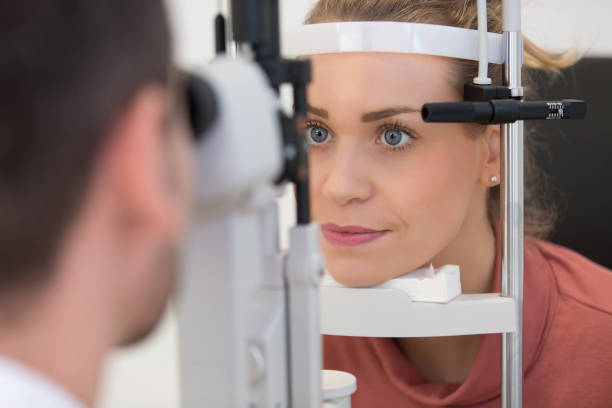Dry eyes can be a persistent and uncomfortable condition, affecting individuals of all ages. Whether caused by environmental factors, medical conditions, or prolonged screen time, finding effective dry eye treatment is crucial for maintaining eye health and overall well-being. In this article, we’ll explore the causes of dry eyes and discuss various treatments to alleviate symptoms and enhance eye comfort.
Understanding Dry Eyes
Before delving into treatments, let’s briefly understand what dry eyes entail. Dry eye syndrome occurs when the eyes don’t produce enough tears or when the quality of tears is compromised. This can result in symptoms such as itching, burning sensations, redness, and blurred vision.
Causes of Dry Eyes
Several factors contribute to the development of dry eyes, including:
- Age: As individuals age, tear production tends to decrease.
- Environmental Factors: Exposure to windy, smoky, or dry environments can contribute to dry eyes.
- Screen Time: Prolonged use of digital devices can reduce the frequency of blinking, leading to dry eyes.
- Medical Conditions: Certain medical conditions, such as diabetes and autoimmune disorders, can affect tear production.
- Medications: Some medications may have dry eyes as a side effect.
Dry Eye Treatment Options
- Artificial Tears and Lubricating Eye Drops
- Over-the-counter artificial tears provide immediate relief by lubricating the eyes. Choose preservative-free options for frequent use.
- Prescription Eye Drops
- In cases of chronic dry eyes, prescription eye drops, such as Restasis or Xiidra, may be recommended to reduce inflammation and promote tear production.
- Warm Compresses
- Applying a warm compress to the eyes helps to unclog oil glands in the eyelids, allowing tears to spread more evenly.
- Lifestyle Changes
- Adjusting environmental factors, like using a humidifier and taking breaks during extended screen time, can alleviate dry eye symptoms.
- Omega-3 Fatty Acid Supplements
- Incorporating omega-3 fatty acids into the diet through supplements or foods like fish can improve tear quality and reduce dryness.
- Blinking Exercises
- Practice blinking regularly, especially during focused tasks, to ensure the eyes stay moist.
- Prescription Medications
- In severe cases, an ophthalmologist may prescribe medications like cyclosporine or lifitegrast to manage inflammation and improve tear production.
- Punctal Plugs
- These small devices are inserted into the tear ducts to block drainage, helping to keep the eyes moist.
- Specialty Contact Lenses
- Scleral lenses or moisture-retaining contact lenses may be recommended for individuals with persistent dry eye symptoms.
- Intense Pulsed Light (IPL) Therapy
- IPL therapy can be effective in treating Meibomian gland dysfunction, a common cause of evaporative dry eye.
Seeking Professional Advice
While over-the-counter treatments can provide relief for mild cases, it’s crucial to consult with an eye care professional if symptoms persist or worsen. An eye doctor can assess the underlying causes of dry eyes and recommend a tailored treatment plan.
Conclusion
Dry eye treatment is not one-size-fits-all, and finding the right approach often involves a combination of lifestyle changes, over-the-counter remedies, and, in some cases, prescription interventions. By understanding the causes and available treatments, individuals can take proactive steps to manage dry eye symptoms and enjoy improved eye comfort.




